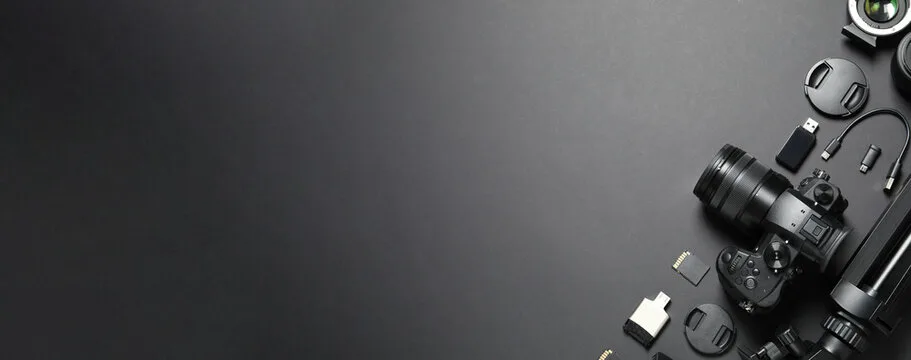
Blog
Panasonic Introduces the LUMIX S1IIE Camera an “Essential” Take on the S1II Model
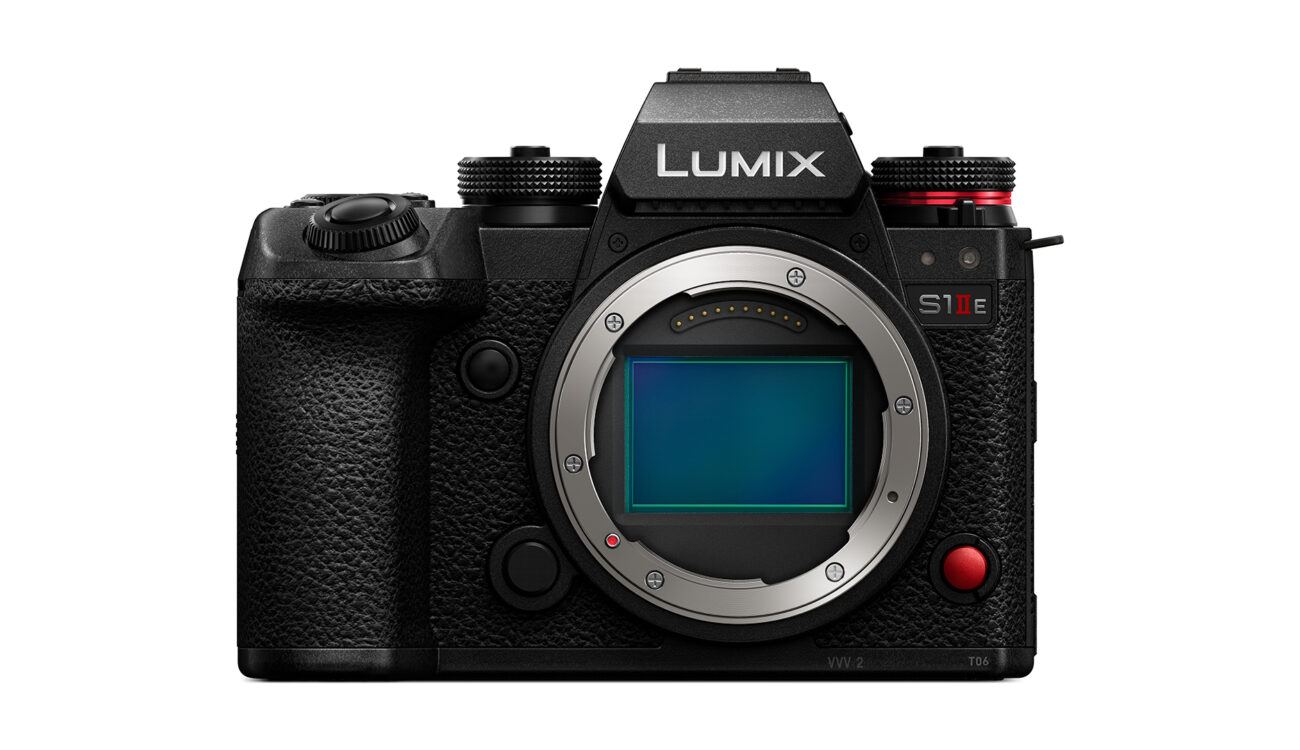
Panasonic Introduces the LUMIX S1IIE Camera an “Essential” Take on the S1II Model
While the newest wave of high-resolution hybrid cameras is introducing impressive still photography and 8K video capabilities to the market, the significance and benefits of 24-megapixel hybrid cameras remain undeniable. These cameras are the true workhorses for a majority of hybrid content creation. Recognizing this, Panasonic has endeavored to refresh its initial line of full-frame cameras, incorporating a variety of modern, video-focused enhancements.
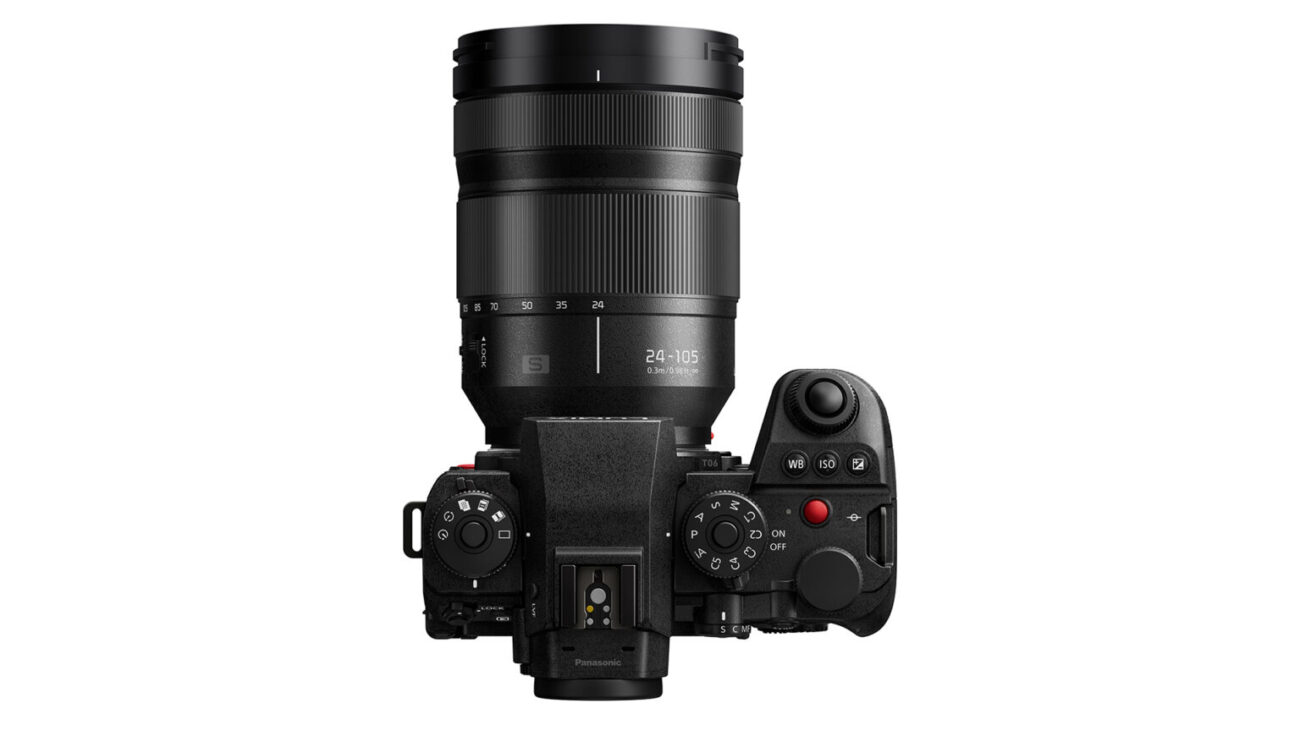
Understanding the S1IIE
In essence, the LUMIX S1IIE is positioned to bridge the gap between the S5II and the S1II models. The primary distinguishing factor between the S1II and the S1IIE lies in the sensor technology. The S1IIE does not feature the “partially stacked sensor” (as Panasonic terms it) found in its more advanced counterpart. This difference will impose limitations on the camera’s available recording formats, permitting 60/48P recording in either Super 35mm format or with a 2.4:1 crop from the sensor’s full width. This will also have an impact on continuous shooting speeds, which will be limited to a maximum of 30 frames per second, in contrast to the S1II’s 70 frames per second capability.
Despite the “E” designation, suggesting a more basic model, the S1IIE is far from being a stripped-down camera. A well-established 24-megapixel sensor will offer users ample resolution, a wide dynamic range, and commendable performance in low-noise situations.
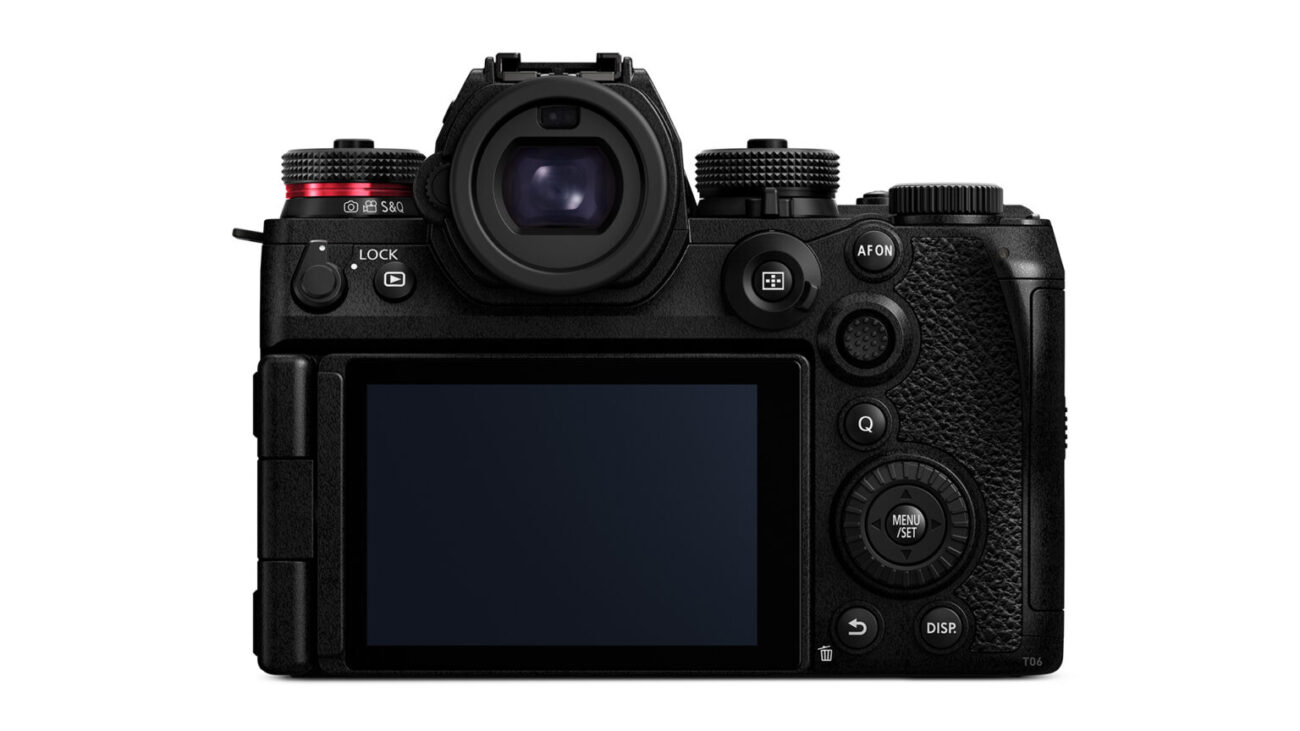
Key Specifications of the LUMIX S1IIE:
- Open gate Cinemascope recording options at a 2.4:1 aspect ratio for both Super 35mm and full-frame (FF) lenses, at frame rates up to 60P / 48P.
- Compatibility with the LUMIX Lab and LUMIX Flow applications.
- Capability for 32-bit float audio recording when used with the optional audio mixer unit.
- A suite of professional-grade monitoring tools.
- A tilting, fully articulating rear display screen and a high-resolution 5.76 million dot Electronic Viewfinder (EVF).
- An active cooling system to manage temperature during operation.
- A weather-sealed alloy body, identical in construction to that of the S1II.
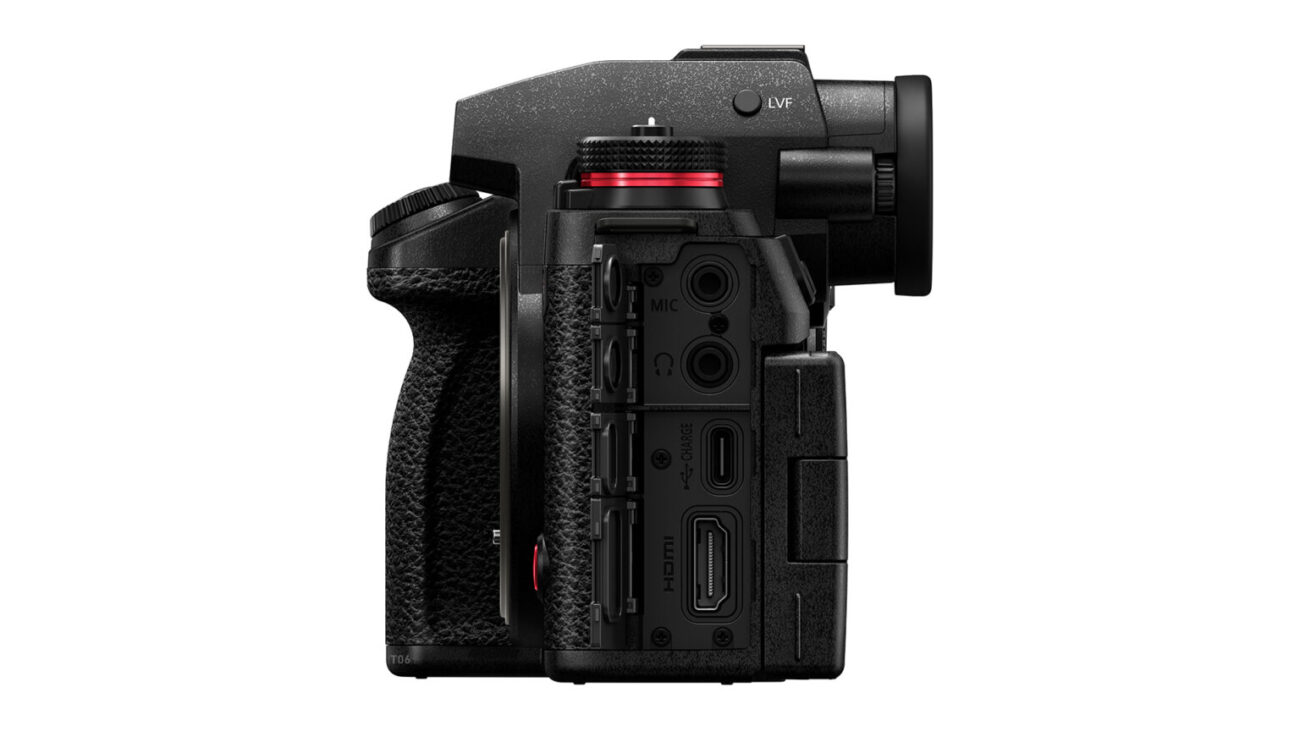
Build and Ergonomics
The new Panasonic LUMIX S1IIE inherits the exact same chassis as its “non-E” sibling, which also appears to be very similar to the S1RII. This is a positive development. The camera body is approximately 20% lighter and more compact than the original LUMIX S1 body (which was notably one of the larger full-frame mirrorless cameras available). This reduction in size and weight makes it comparable to most of its direct competitors, while still packing some noteworthy features.
Panasonic Introduces the LUMIX S1IIE Camera an “Essential” Take on the S1II Model
Consistent with Panasonic’s reputation, the LUMIX S1IIE is thoughtfully engineered and optimized for motion capture and filmmaking. It features an integrated active cooling fan, front and rear tally lights, a versatile tiltable and fully articulating screen (a feature first introduced on the LUMIX S1H), and dedicated physical buttons, all contributing to its utility as a tool for filmmakers and cinematographers. These features are further enhanced by what is arguably the most comprehensive set of monitoring tools found in any hybrid camera, along with dual card slots (CFExpress Type B and SD), and other professional amenities.
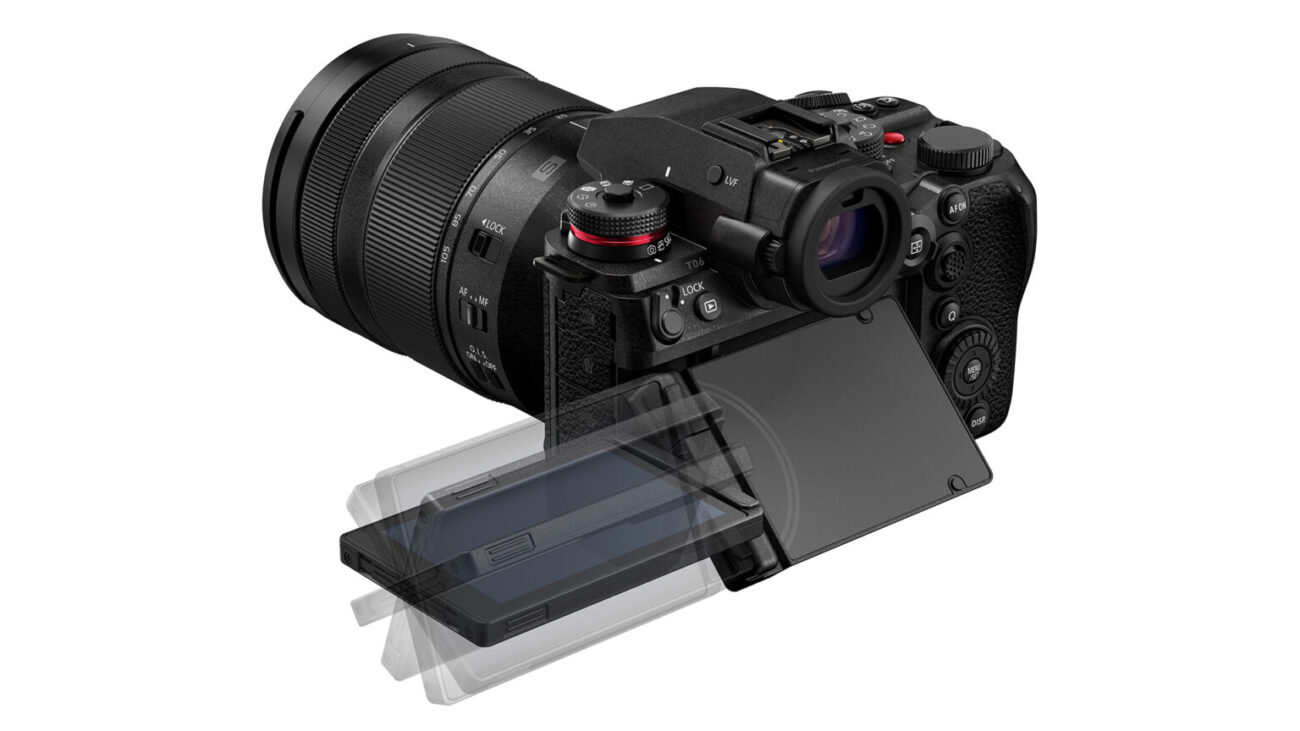
Is It Everything You Need?
The distinctions between the S1II and the S1IIE prompt an important question: Is the more expensive camera truly necessary? While it’s certain that some filmmakers will value the faster sensor readout, superior slow-motion capabilities, and more extensive aspect ratio options (features I personally appreciate), it’s likely that many will find the “E” version to be perfectly adequate for their requirements. Most common needs for mainstream projects, narrative filmmaking, documentary work, and daily use are well addressed by the S1IIE. However, if the additional features, increased speed, and diverse aspect ratio capabilities are critical, then the S1II would be the more suitable choice, albeit at a slightly higher cost. The funds saved by opting for the “E” model could potentially be reinvested in a quality DMW-XLR2 XLR audio unit or a versatile S 24-60mm f/2.8 lens to complement the camera body.
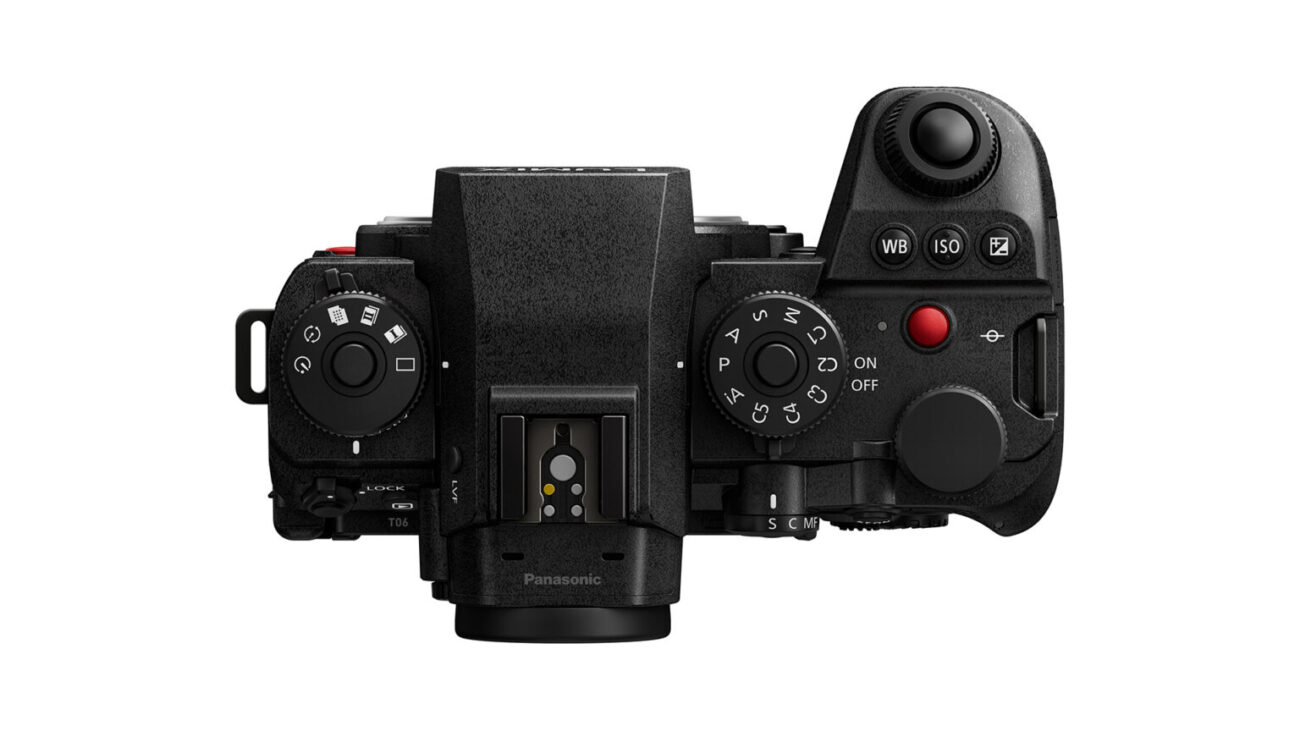
But That’s Not All!
Concurrent with this launch, Panasonic has also revealed plans for an upcoming firmware update. This update is slated to introduce ARRI LogC3 recording, multiple frame markers for compositional assistance, and Bluetooth connectivity for seamless integration with DJI gimbals. While a specific release date has not yet been provided, Panasonic has indicated that it is “Coming Soon.”
Pricing and Market Availability
Pre-orders for the Panasonic LUMIX S1IIE are scheduled to commence on June 16th. The camera body will be priced at $2,497.99. This price point places the LUMIX S1IIE in the upper tier of its market segment, making it more expensive than cameras like the Nikon Z6III and Canon EOS R6 Mark II, and on par with the Sony a7VI. However, it offers several compelling advantages, particularly for users focused on motion picture capture.
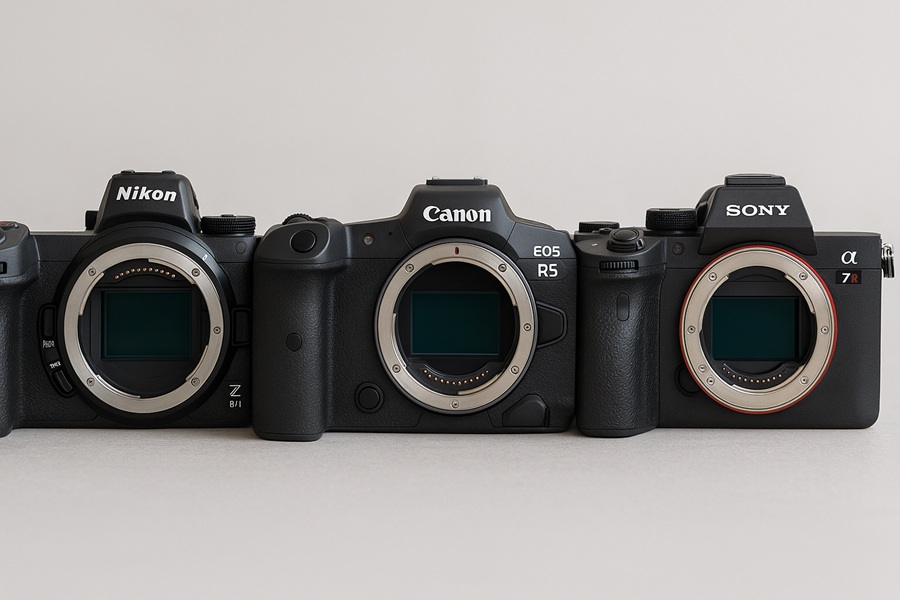
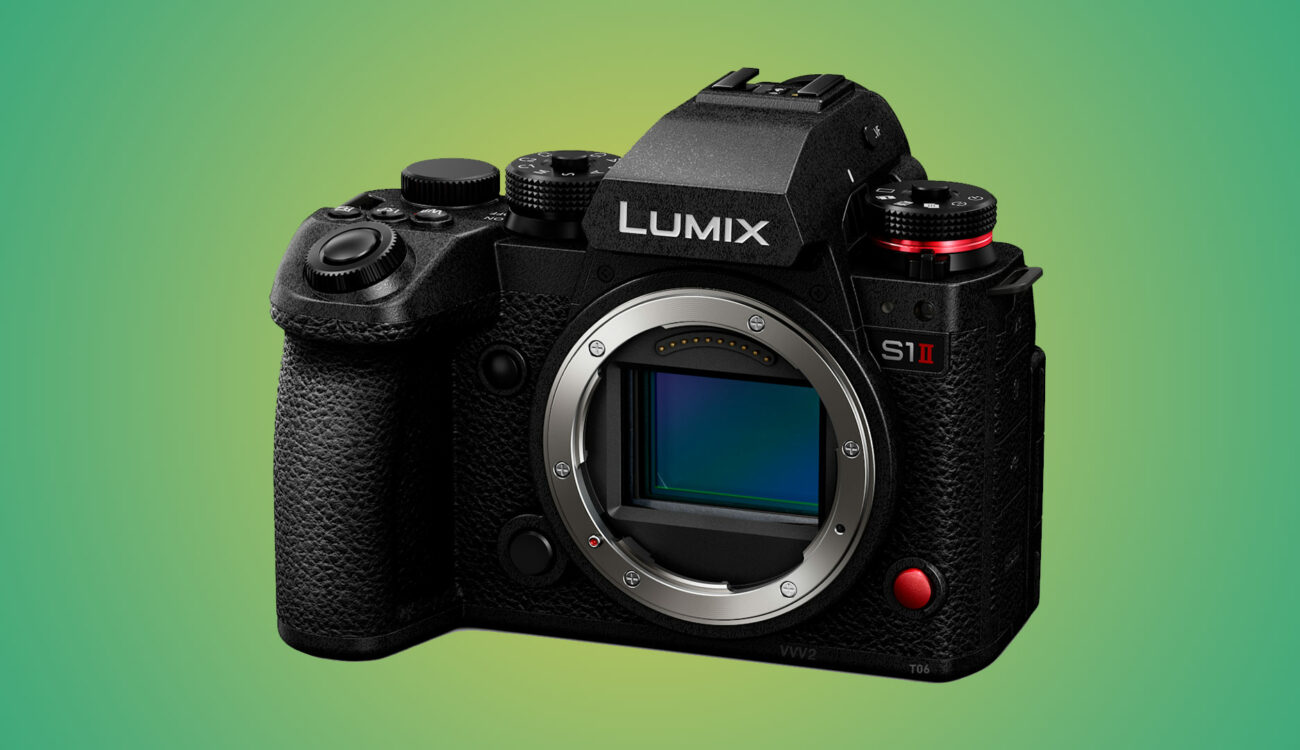
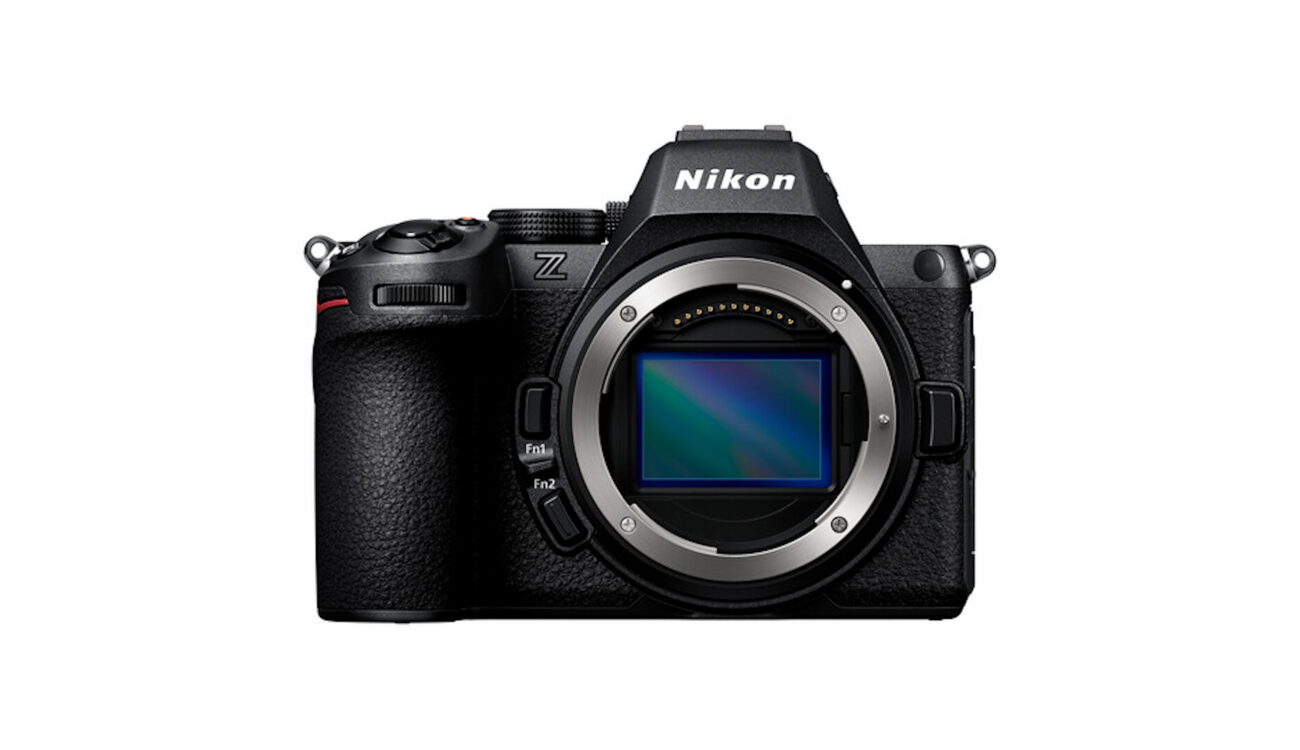
 Cinema Cameras
Cinema Cameras Pro Camcorders
Pro Camcorders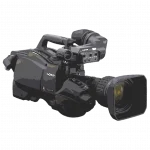 System Cameras
System Cameras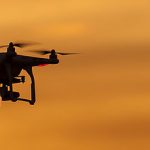 Drones
Drones